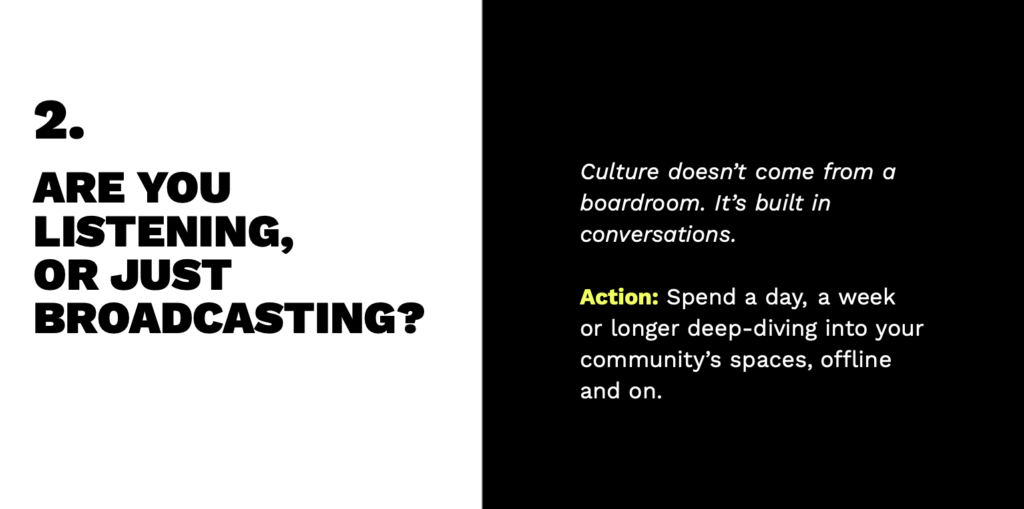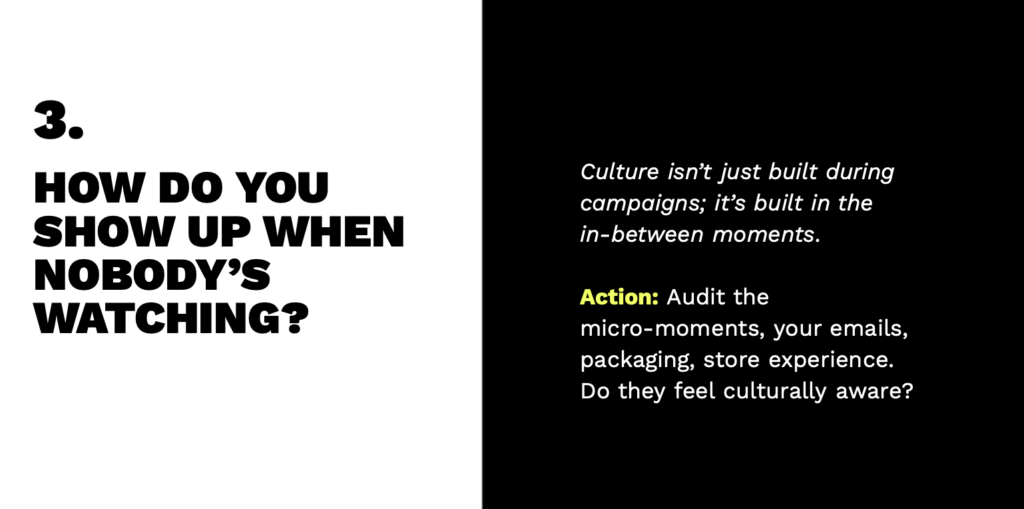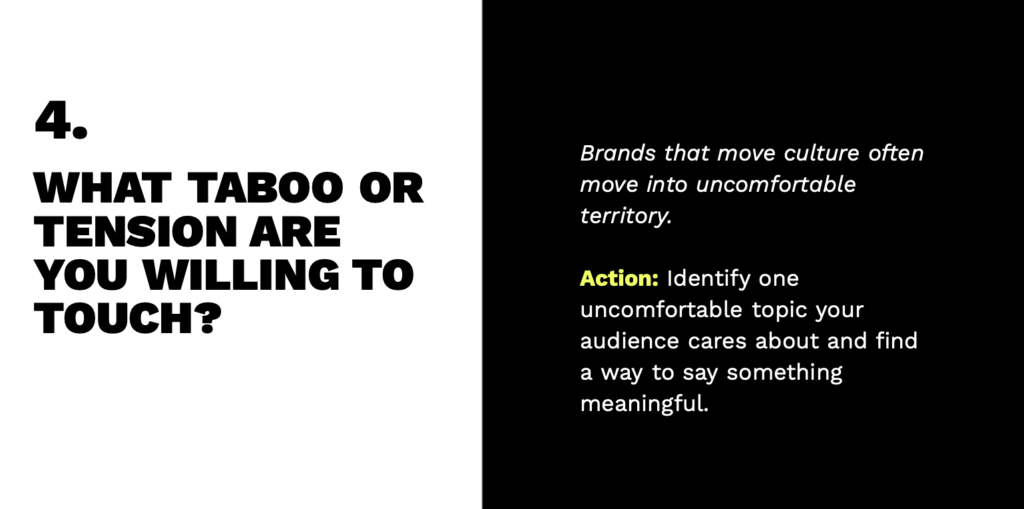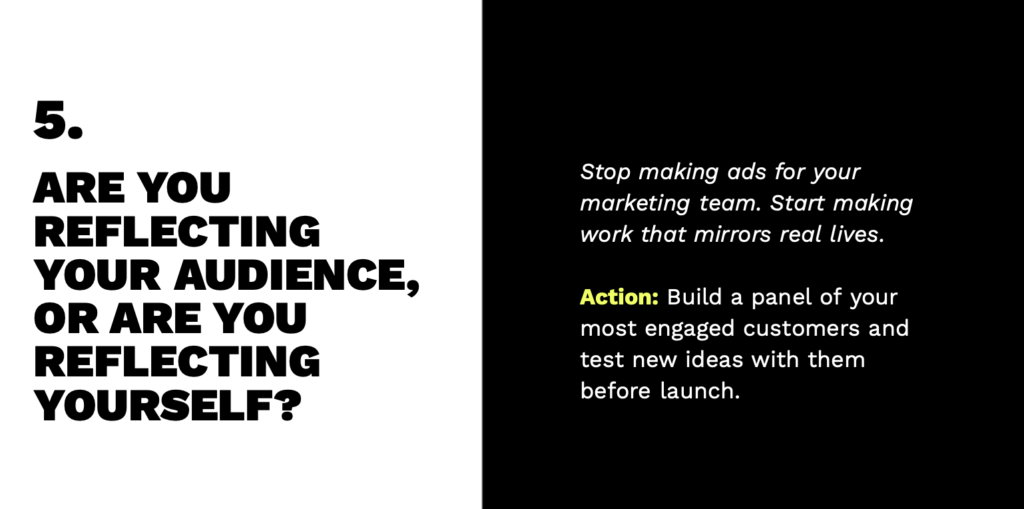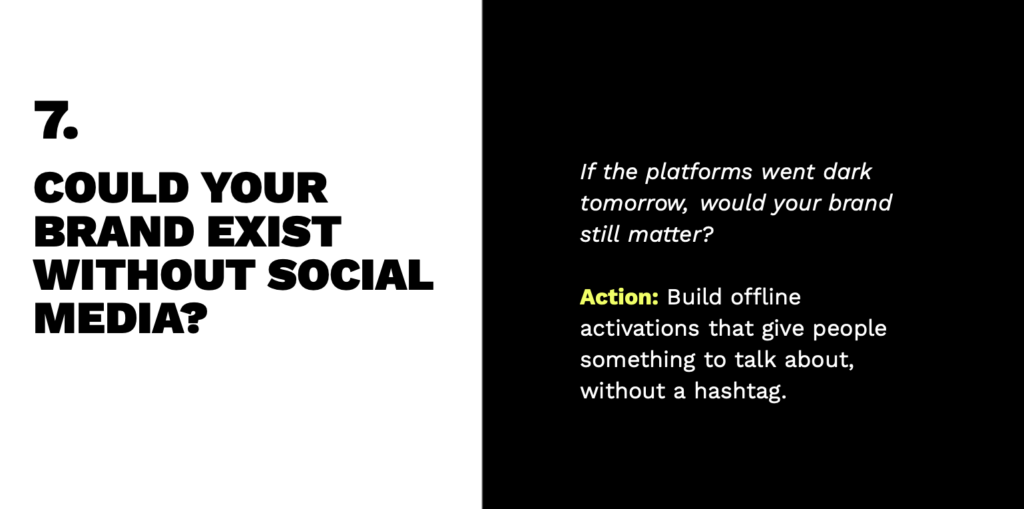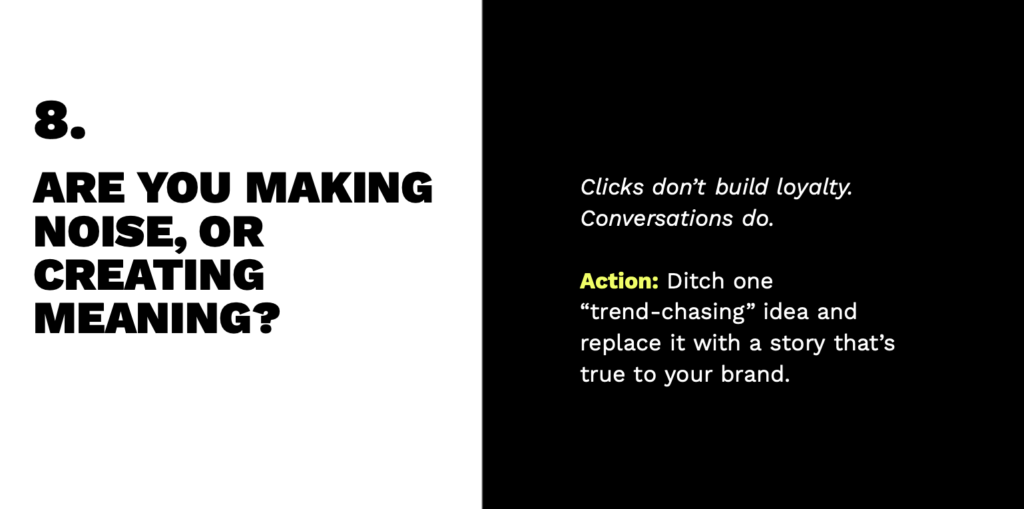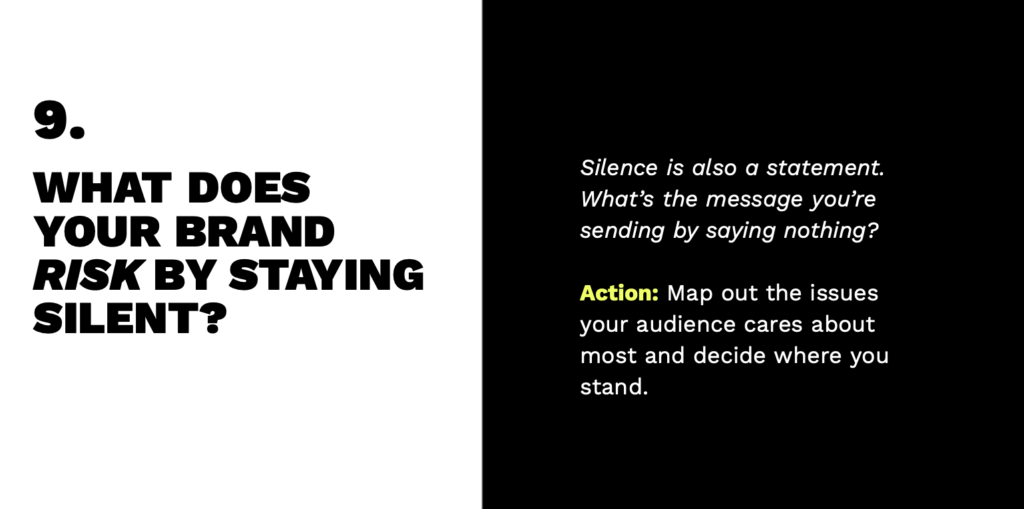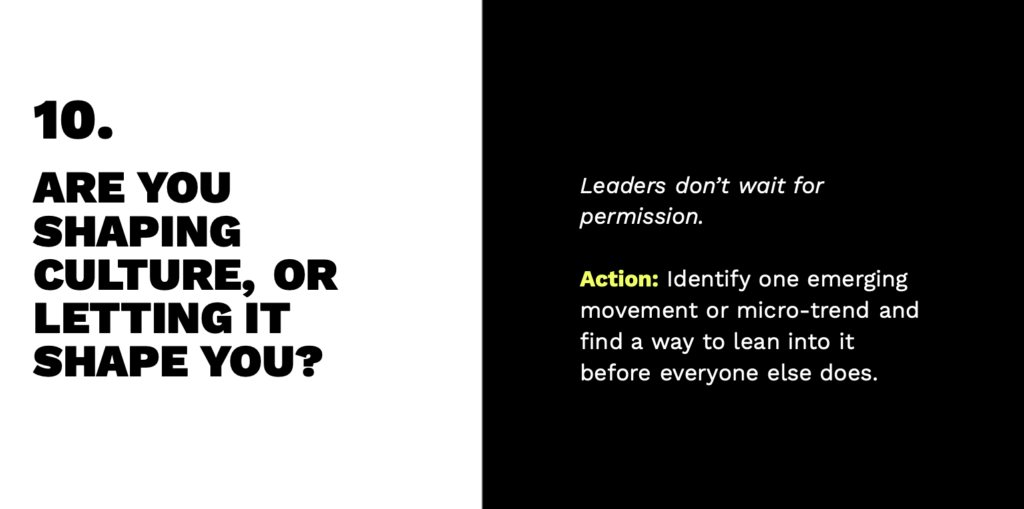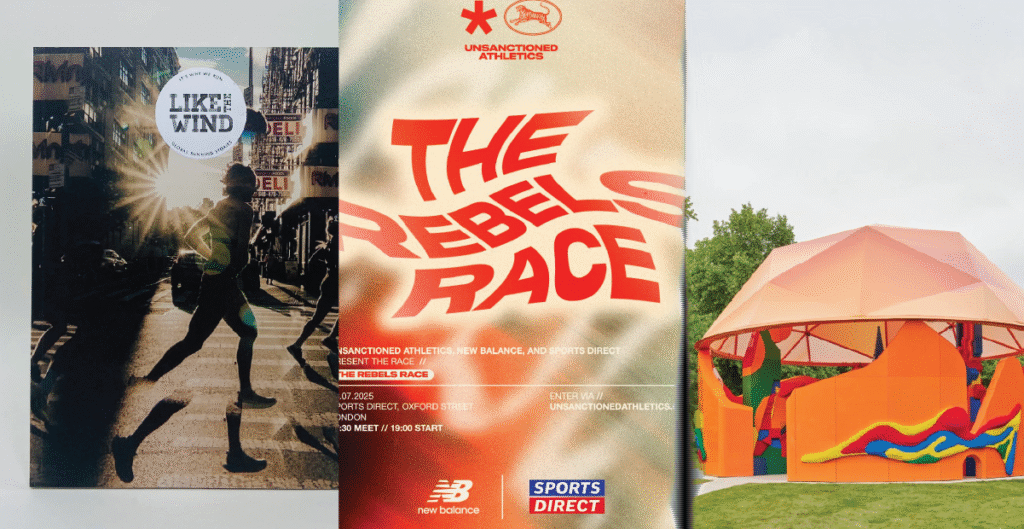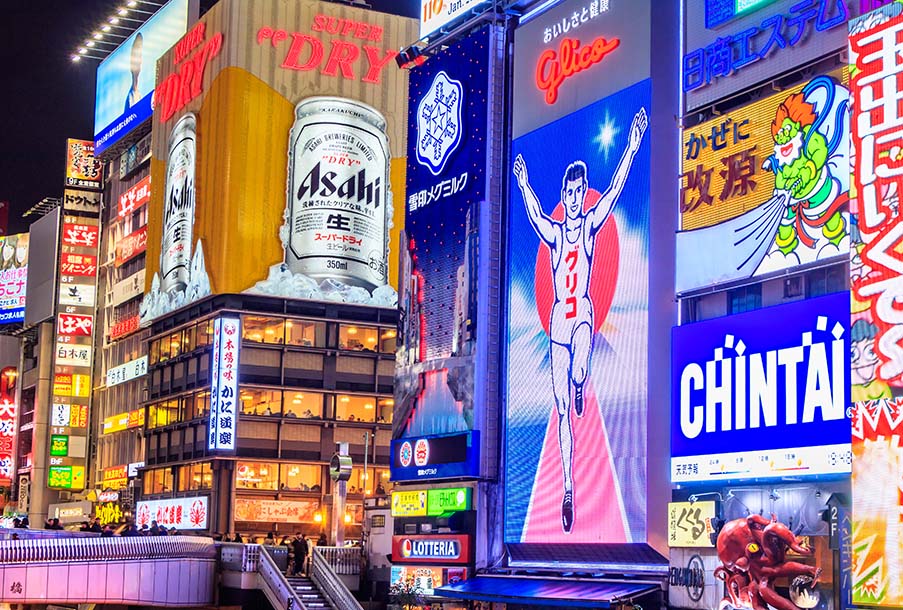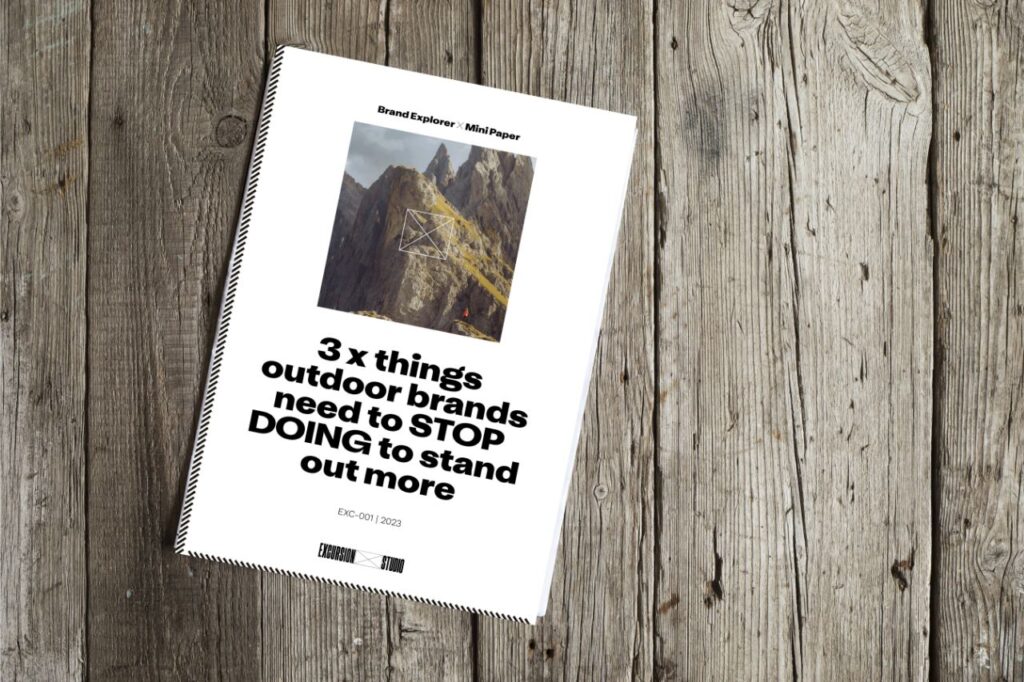In today’s hyper-noisy world, where trends shift faster than the Great British seasons, the true power of a brand lies in its ability to resonate with culture. But what does that really mean?
It means more than simply jumping on the latest meme or riding the trend wave. Sure, those moments are important, but the real magic?
That happens when a brand understands the heartbeat of society, when it reflects its nuances and contributes to its evolution.
Culture isn’t just what’s popular today and yesterday. It’s what people believe in, fight for and celebrate. It’s how they express their identities and seek connection. And when brands align with that deeper cultural fabric, they become more than just market players; they become part of the ongoing conversation, an extension of the movements that shape our world.
Take brands like Patagonia, Spotify and Coca-Cola. They aren’t just known for their products; they’re revered for how they understand and respond to the culture they serve. These brands aren’t simply tapping into what’s trending, they’re a part of something bigger. Like Spotify’s Wrapped campaign, it’s not just about listening data, it’s about celebrating personal music journeys and creating a shared cultural moment.
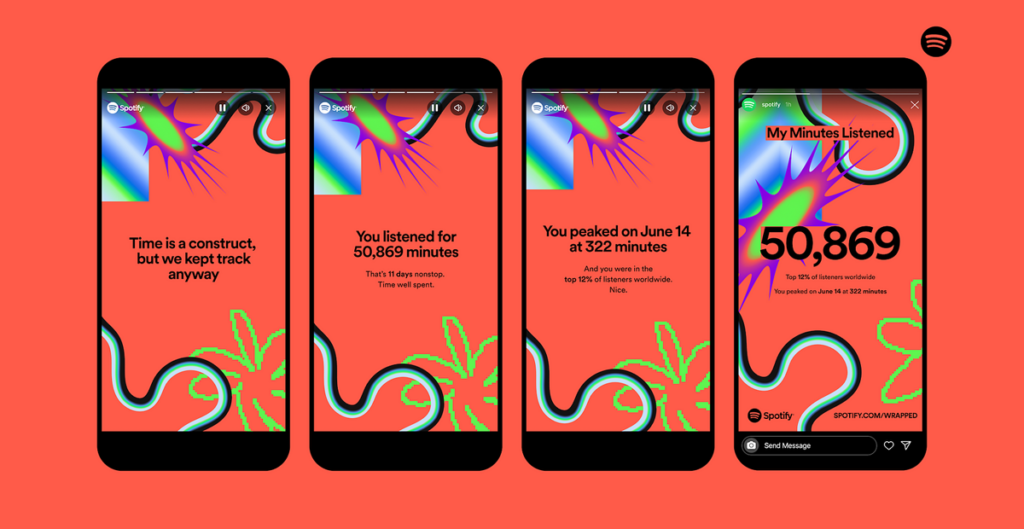
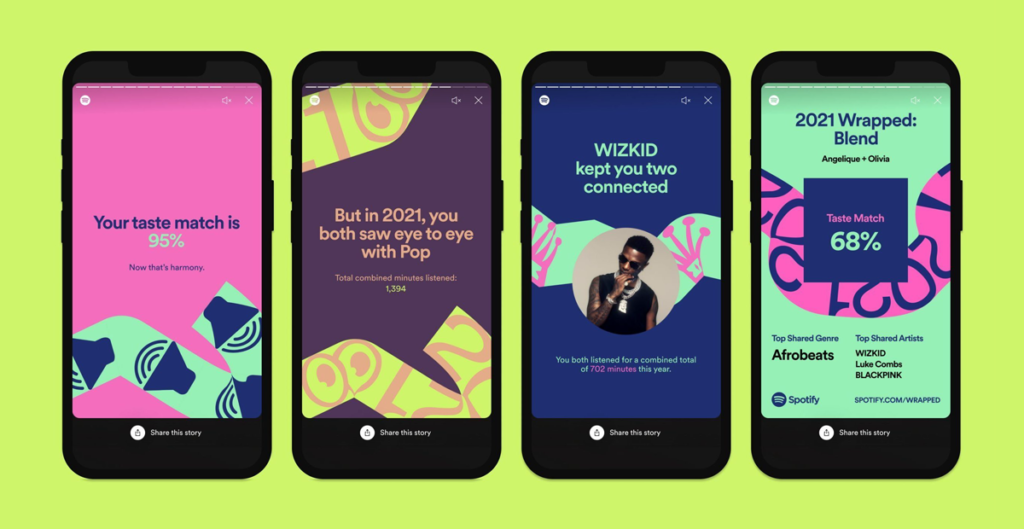
Similarly, Patagonia aligns its brand with sustainability movements and societal values, while Coca-Cola has long been an icon in shaping moments of connection, from holidays to major events. These brands go beyond products, embedding themselves in the cultural fabric of their communities.


But cultural resonance isn’t accidental. It’s a delicate balance of timing, relevance and authenticity. It’s about speaking with your audience, not to them. The most impactful brands understand this, they know that to thrive today, they can’t just react to culture; they must shape it.
Something which The WARC 2024 study underscores this point. That Cultural resonance is more lasting than fleeting relevance.
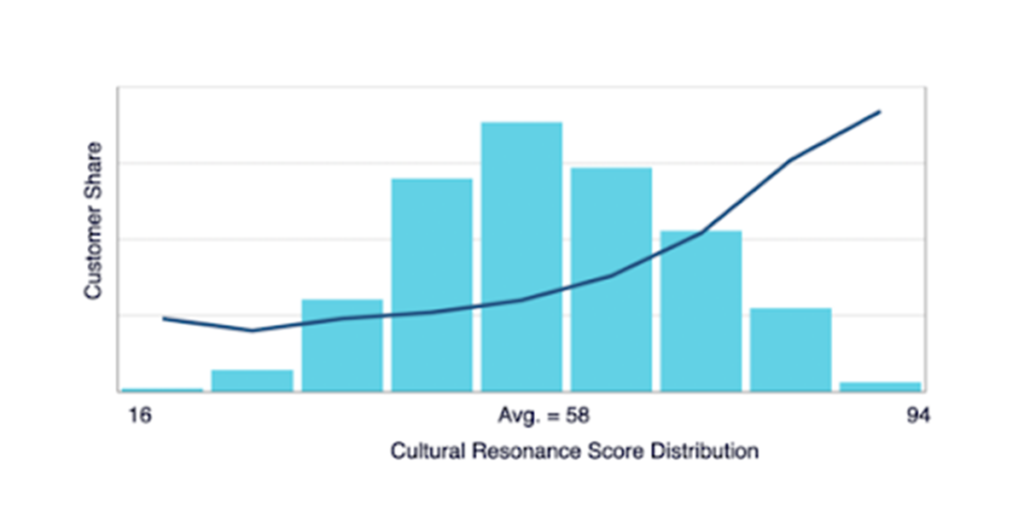
It amplifies over time and creates a brand’s deeper, more meaningful connection with its audience. The study even offers a way to measure the impact of marketing efforts on this metric, proving that cultural resonance is more than a moment, it’s a long-term strategy for growth.
Take Nike’s “Dream Crazy” campaign as an example.
It didn’t just sell shoes, it made a statement about justice, race and equality. Nike didn’t just adapt to the moment; they propelled it forward, tapping into a cultural current of activism, pursuing dreams and empowering a generation to take a stand. This kind of insight doesn’t happen overnight. It requires a brand to listen, observe, and most importantly, care.
It’s this deep-rooted empathy that connects the most enduring brands with their audiences. And that connection? It’s sticky. It grows over time, strengthened by shared values and beliefs. The WARC study affirms that brands that resonate at this level don’t just stay relevant, they leave a lasting imprint.
When a brand gets it right, aligning with the beliefs, values, and aspirations of its community,it becomes part of their everyday dialogue. It doesn’t just sell products; it inspires, challenges, and transforms. This is the difference between a brand that is relevant for a moment and a brand that lasts for a lifetime.
What’s fascinating is that culturally resonant brands aren’t always the loudest or the flashiest. Many of the most successful brands have mastered the art of being quietly present. They don’t just show up during big moments, they’re there in the small, meaningful ones, whenever culture shifts or society needs them. And they do so in ways that feel natural, organic, and sometimes even effortless.
To grow in this landscape, brands need to do more than simply follow cultural trends, they must chart their own course. It’s about cultivating a deep understanding of the forces shaping our world, from social movements to microtrends, and positioning the brand as an essential part of that landscape. When a brand’s essence aligns with the broader cultural zeitgeist, it stands a much greater chance of not only surviving but thriving.
The truth is, culturally resonant brands are more than just businesses, they’re institutions of change, agents of influence. As they grow, they don’t just sell products; they shape the future, constantly evolving with the culture they serve.
So, as you reflect on your brand’s role in today’s fast-paced, ever-shifting cultural landscape, ask yourself: Does your brand truly understand the culture it exists in? If not, it’s not too late to start. In a world where relevance is fleeting, cultural resonance is what keeps you in the game and gives you the chance to change it.
To help you and your brand not just keep up, but lead the way, we’ve distilled ten sharp insights every brand should reflect on. Think of them as your compass for building lasting cultural relevance in an ever-changing world.

